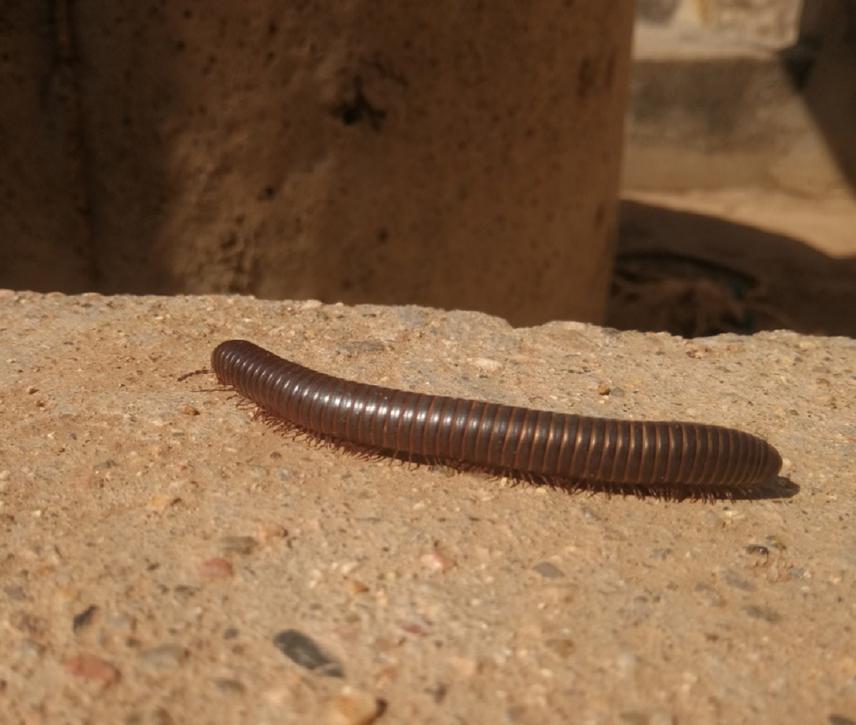Ulrich Sidoine Wuibe Woubassi
Bouda Ndjida National Park (BNNP) is one of the largest park located in northern Cameroon. This national park was created in 1968 and covers about 220, 000 h. The vegetation of the park includes woody savannah with scattered trees 3 to 18 meters high, and largely dominated by herbaceous savannah. Due to anthropogenic activities, herbaceous savannah is considered as one of the most endangered habitat in the BNNP. The major threatening factors include poaching, gold mining, illegal grazing and other agricultural activities. The savannah biome plays a role in climate regulation and acts as carbons sinks. Savannah ecosystems of the park harbour large populations of megafauna and flagship species such as elephants, lions, birds, derby eland, etc. Invertebrate communities (e.g., millipedes) are overlooking despite their ecological importance in ecosystem functioning. In Cameroon, previous ecological studies have documented millipedes inhabiting lowland forest, coastal ecosystems, Wetland, urban environment and upland forest. Few studies have been carried out in savannah ecosystems, especially in moist savannah and dry savannah. Although considerable effort has been invested in recording millipede diversity, most of them are focused on southern rainforest portion of the country. Surprisingly, data information of the northern savannah part of the country are extremely scarce. The ranges of some savannah millipede species are yet unknown and need to be documented.

The present study intends to investigate the millipede species assemblages in different habitat types within savannah ecosystems in BNNP and to compare sites in terms of their taxonomic diversity. The main objectives of the study are to: 1) document the composition, structure and occurrence of species of conservation concern; 2) assess the influence of habitat types and seasonality on millipede diversity; 3) investigate on the status and distribution preferences of the threatened and endemic species; 4) develop conservation measures to preserve threatened species and/or habitats.
This project expects to provide the first comprehensive examination of the diversity, composition and habitat preferences of the northern savannah millipede fauna. The results gained from this project will allow to develop strategies to preserve endangered species and provide an updated checklist of the 128 year-old millipede studies from Porat. Moreover, the findings of this project will allow to improve the protection of protected area of BNNP and help stabilize its ecosystem in the short and long term.